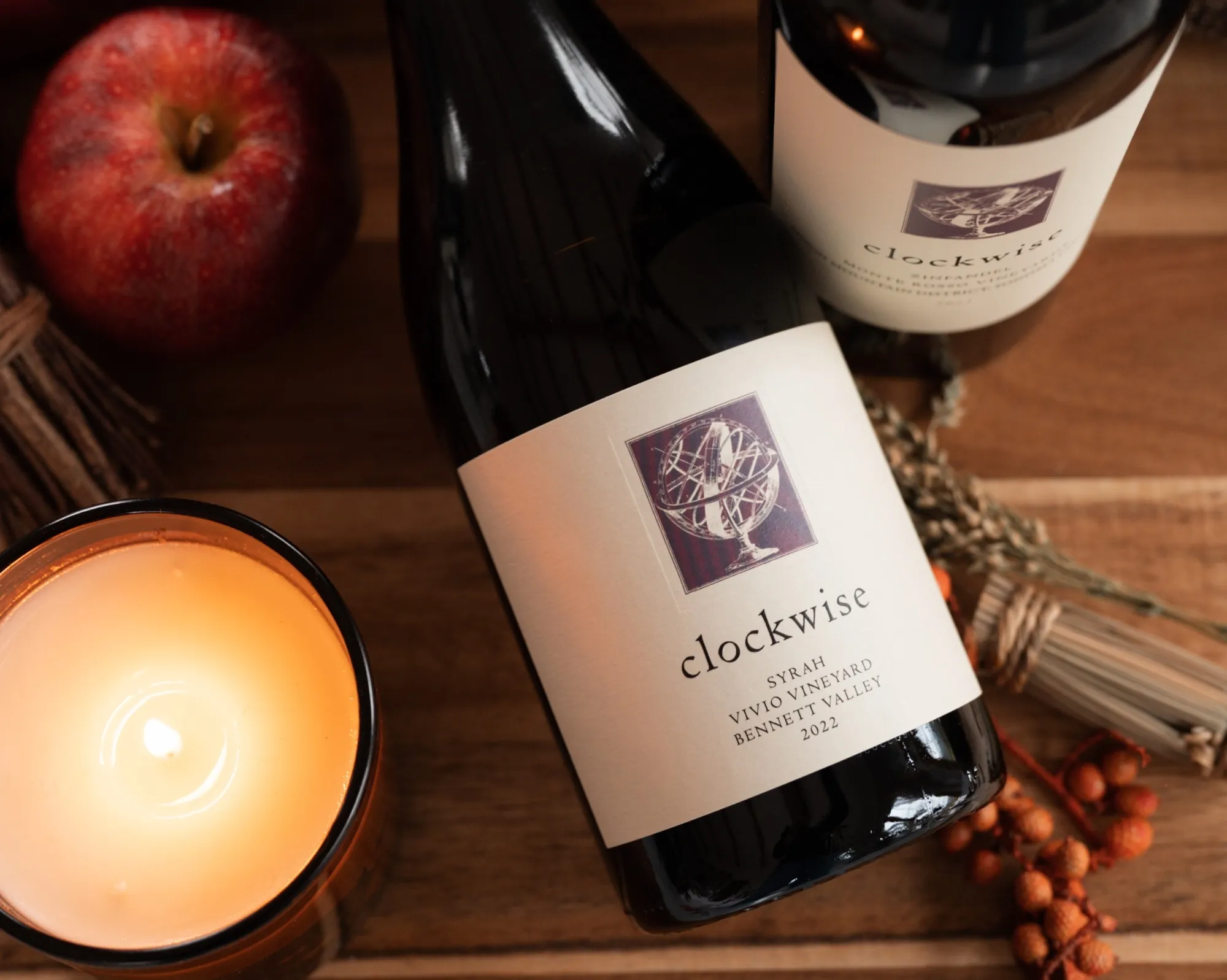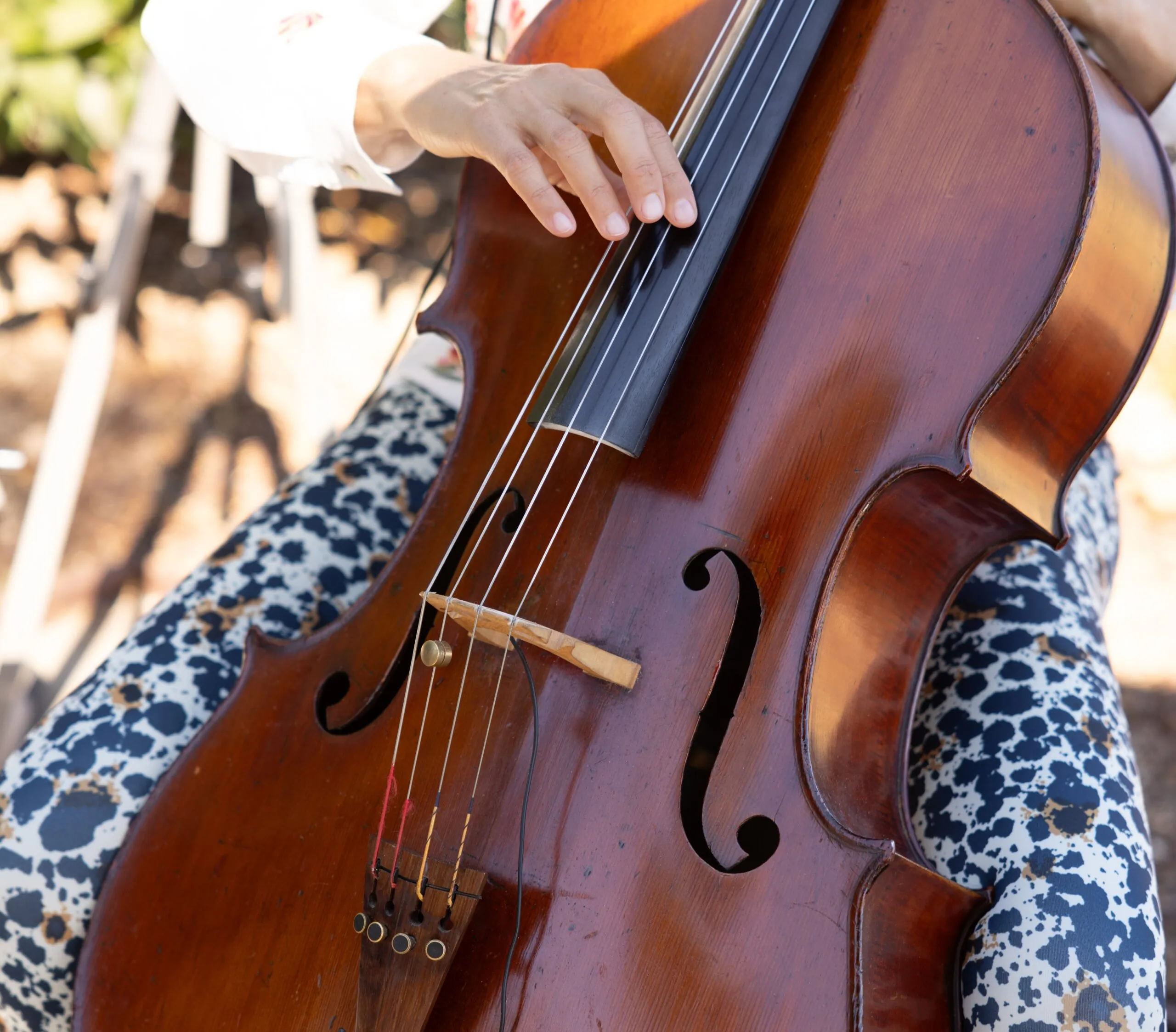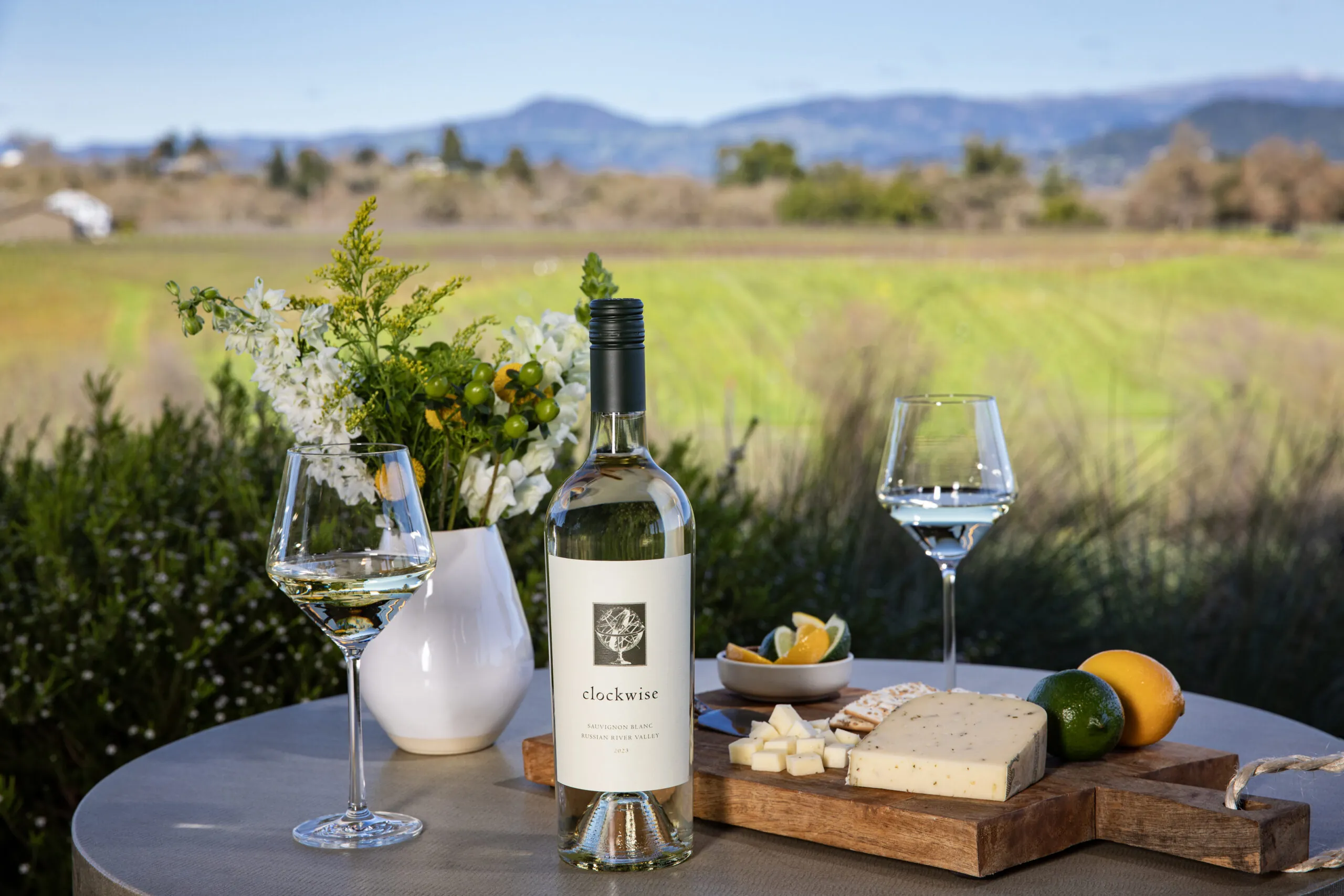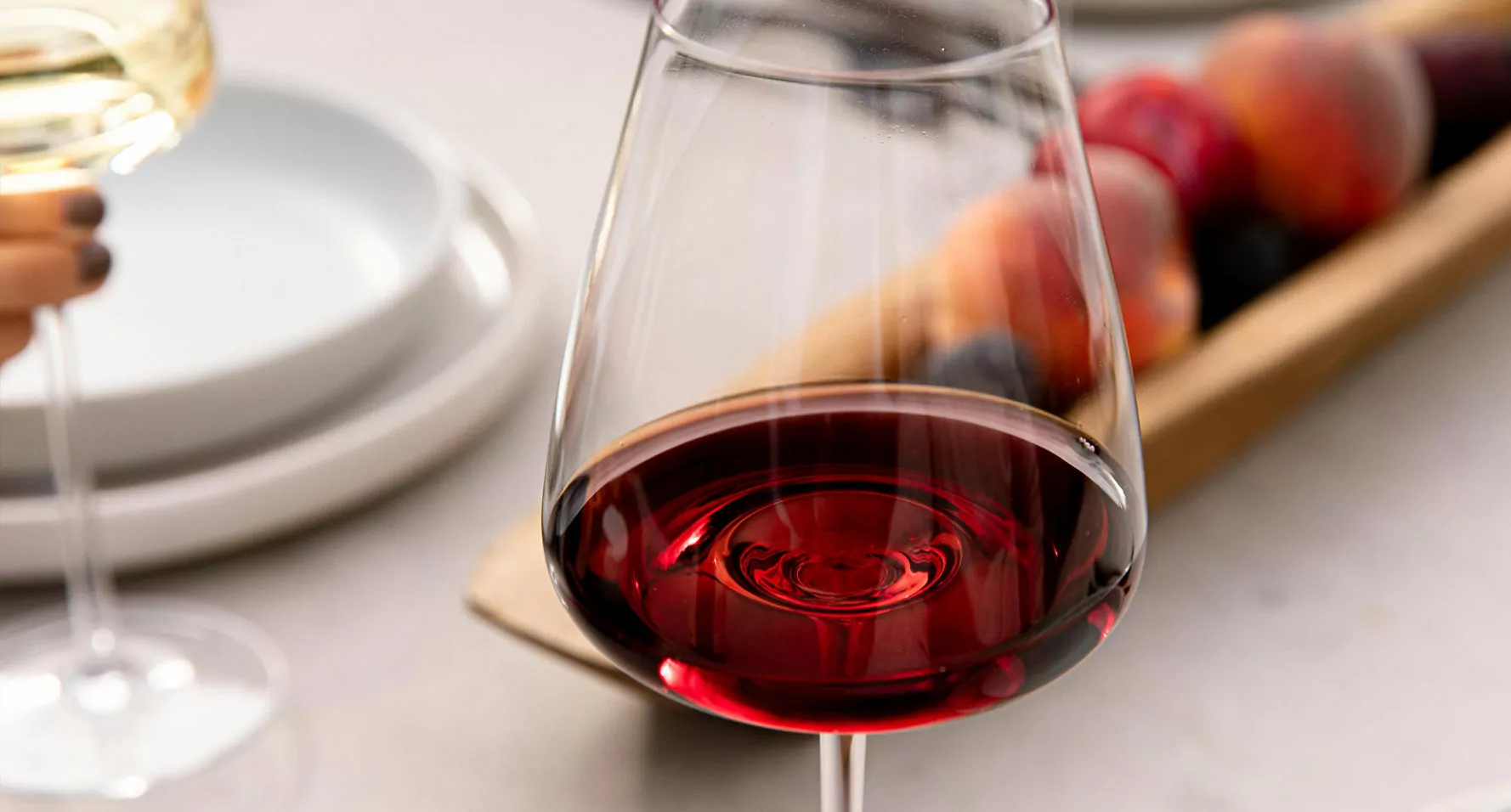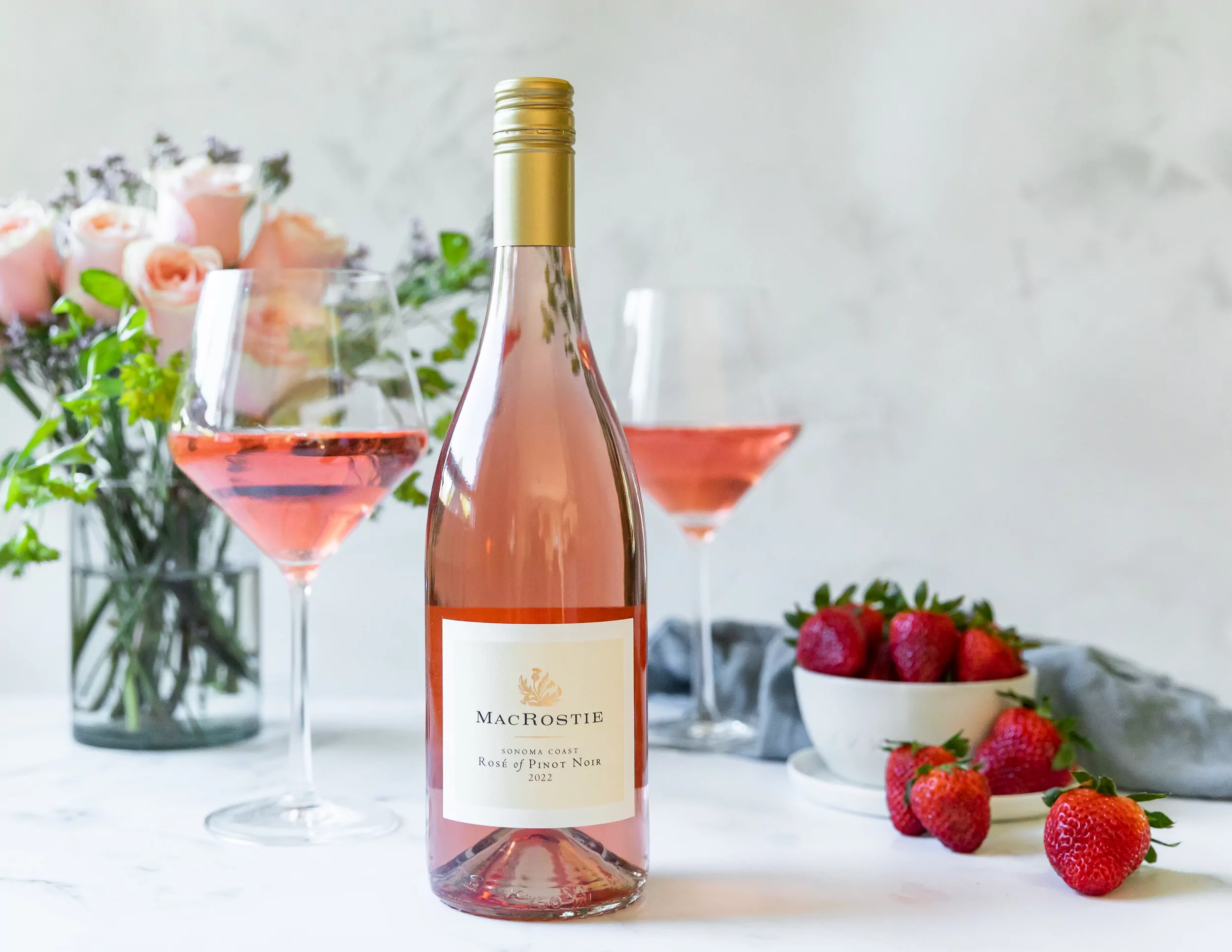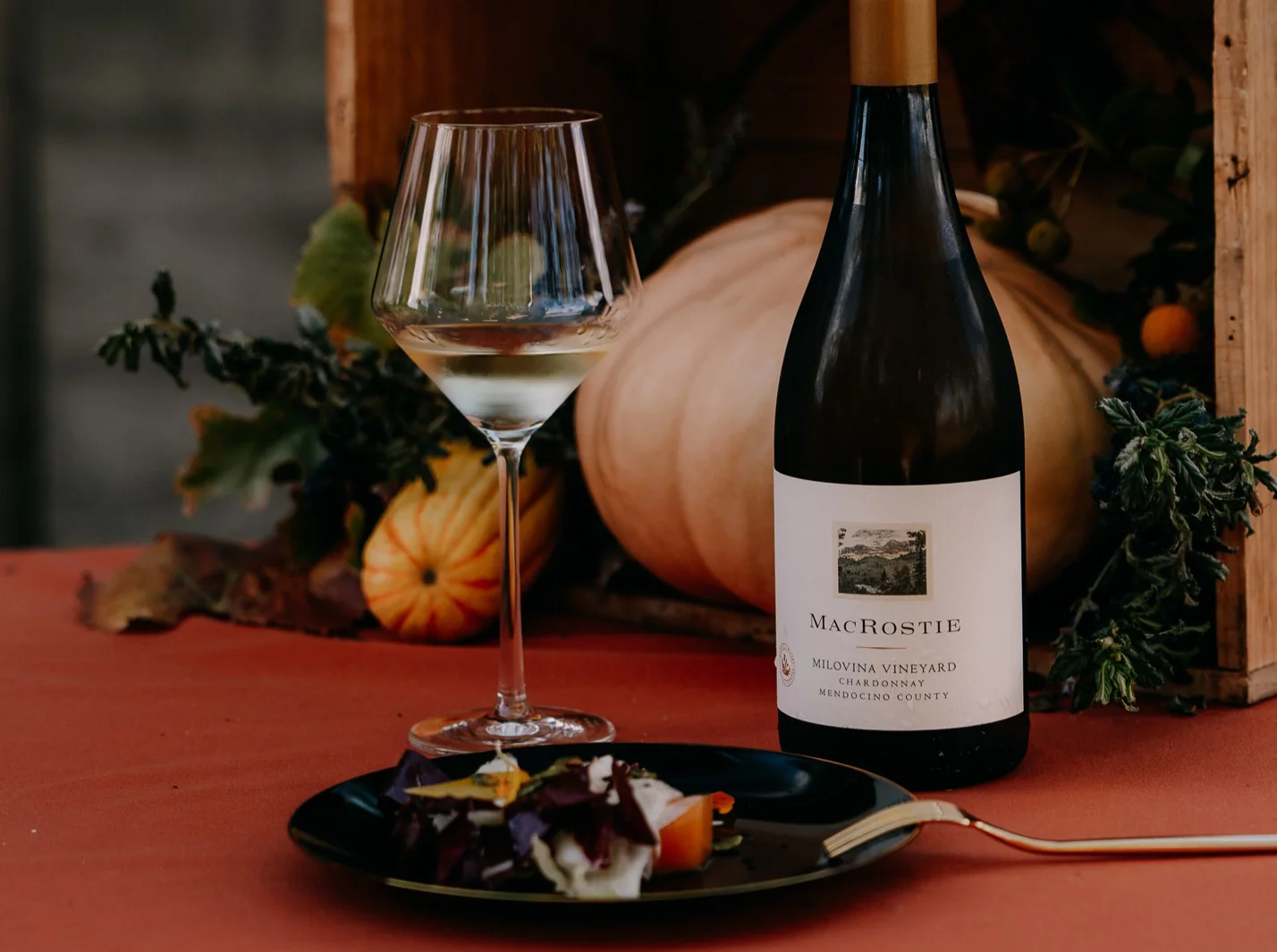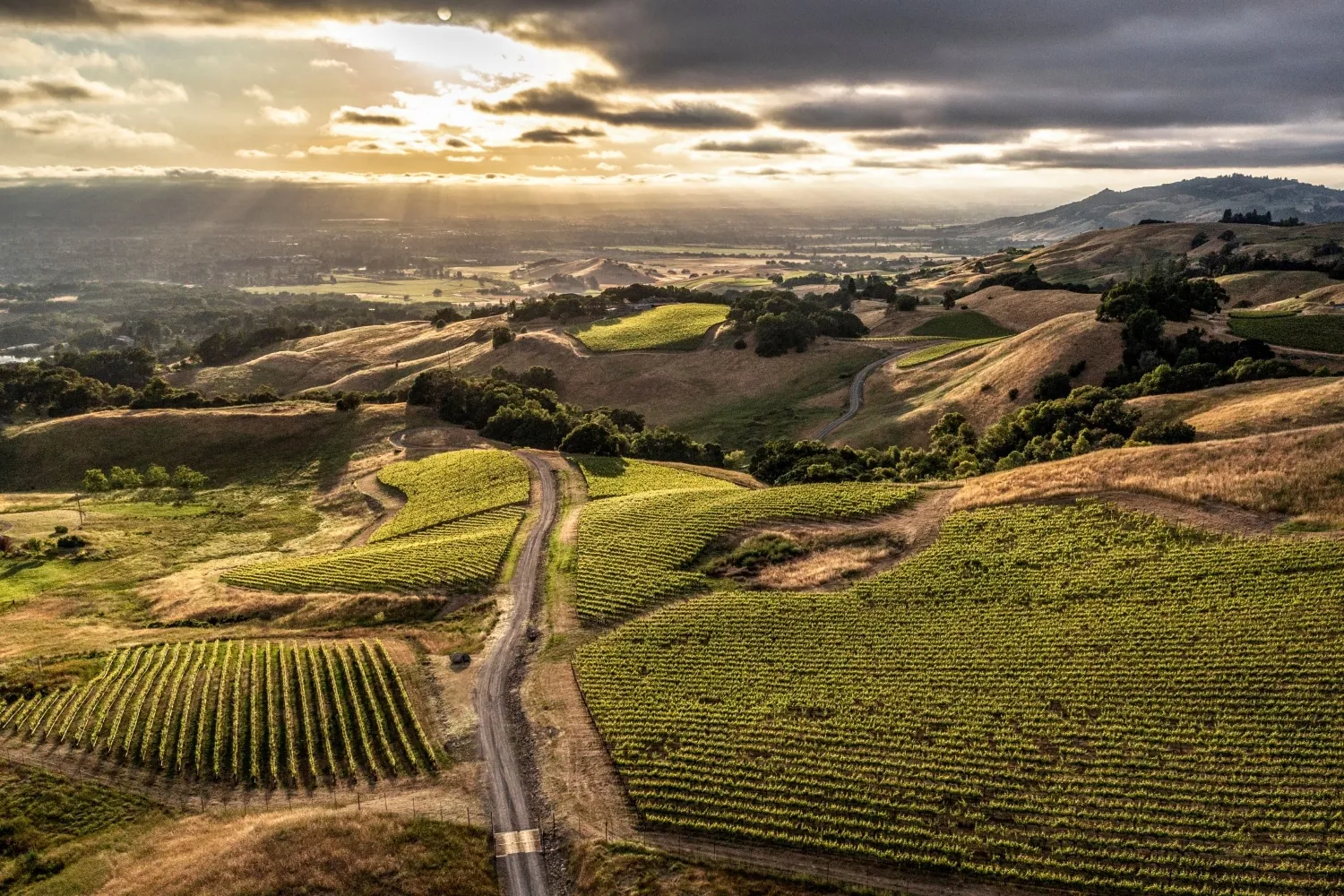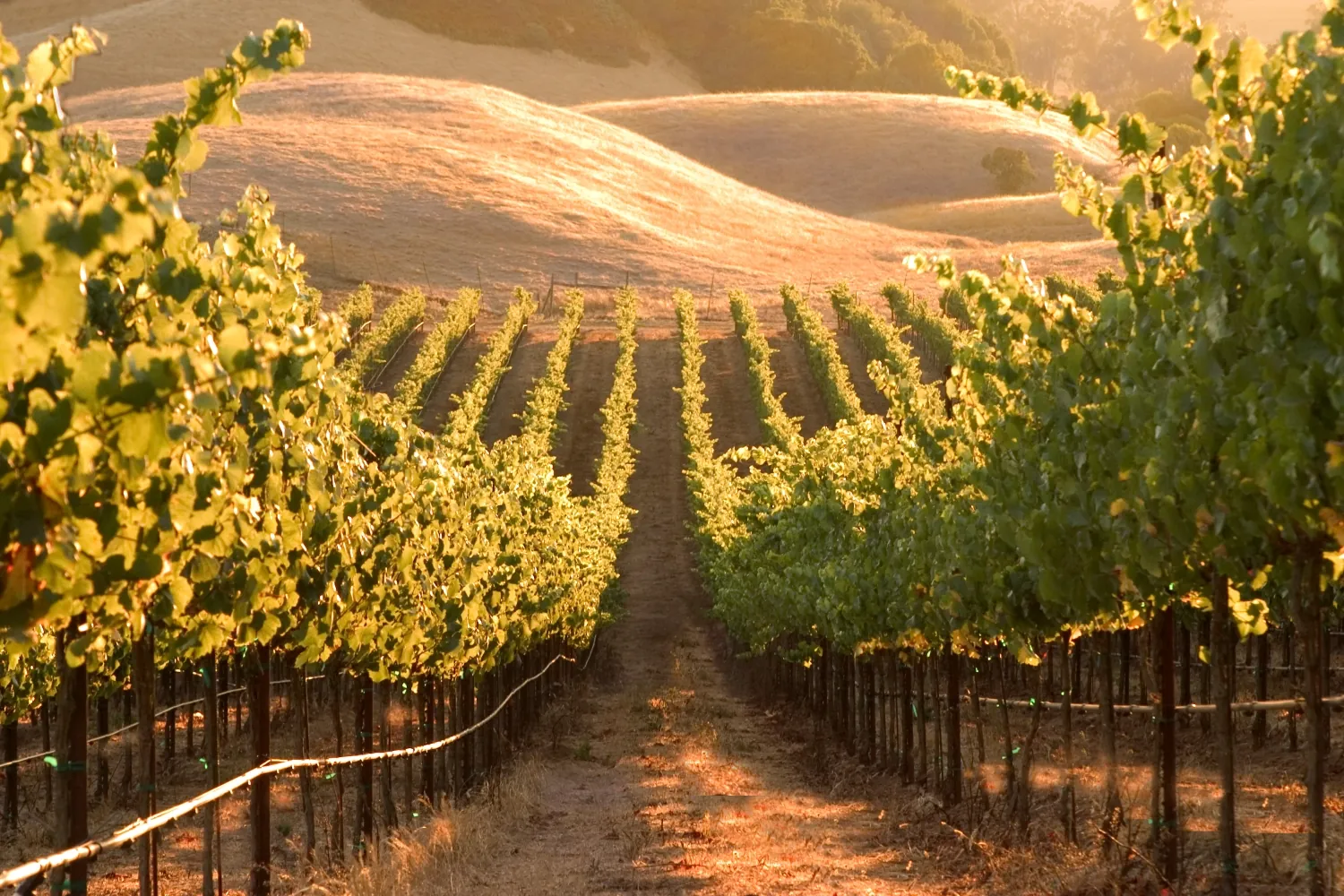The Perfect Holiday Party – The MacRostie Way!
With the holidays upon us, it’s time to stock your cellar for gifting, family celebrations, and perhaps most important, festive holiday parties. In the words of noted French gourmand André Simon, “Wine makes every meal an occasion, every table more elegant, every day more civilized.” With this in mind, we’re here to provide you with some wisdom about how to make wine a memorable part of a flawless holiday gathering, with useful tips for any host or hostess.
How Much Wine Do You Need for a Party?
Let’s start with some basics. A standard bottle of wine is 750 mL. That’s about 25 ounces. While most sources say that a standard pour is 5 pounces (meaning 5 glasses per bottle), when it comes to parties many people enjoy a slightly heavier pour (and they’ll appreciate you for it!). So, assume four glasses per bottle and you’re on the right track. Of course, some guests don’t drink (so stock up on non-alcoholic offerings), and some will opt for beer or spirits, but for the wine drinkers at your party, you can assume 1-2 glasses will be enjoyed in the first hour, with roughly a glass per hour after that. For a three-to-four-hour gathering, that’s approximately one bottle per guest, with an extra bottle for every four wine drinkers for every additional hour the party goes. And remember, unless you’re trying to usher your guests out the door, you don’t want to run out.
What Wine Should I Pour at My Party?
These days, people’s preferences for red or white wine are almost evenly split, so a good host should have ample amounts of both on hand. From there, it’s good to consider which grape varieties are most popular in the US. For white wine, Chardonnay and Sauvignon Blanc are your perfect go-to wines, with our MacRostie Sonoma Coast or single-vineyard bottlings providing a beautifully rich and expressive drinking experience, and our Clockwise Sauvignon Blanc is the ideal choice for those who like their whites zesty and vibrant. In the world of reds, Pinot Noir and Cabernet Sauvignon rule. For pairing with food, Pinot Noir is delicious, extremely versatile, and a little lighter on its feet—and we have a fantastic variety to choose from. For those who want a richer, more opulent red, our Clockwise Cabernet from Napa Valley’s famed Yountville AVA is sure to delight. For a party that’s truly joyous and bright, consider pouring a great sparkling wine like our Blanc de Blancs. We often greet our guests with a small glass of sparkling, and everyone loves it!
Magnificent Magnums
While a standard 750 mL bottle is great for most occasions, once the gatherings grow a little larger, and the celebrations more meaningful, it’s the ideal time to break out those large-format MacRostie wines from your collection. Epic, impressive, and profoundly age-worthy, when it comes to the size of a wine bottle, bigger is definitely better—and not just because there is more wine to pour. We bottle many of our most sought-after wines, including single-vineyard offerings, in various large formats, including Magnums (1.5L – 8 party pours) and Double Magnums (3L – 16 party pours). When served as a dramatic centerpiece on your holiday table, there is an inherent “Wow!” factor to large-format wines that never fails to impress. To make pouring from magnums a breeze, we recommend using a decanter, which is both elegant and easier.
Perfect Food Pairings
When it comes to pairing food and wine, the old rules aren’t as hard and fast as they used to be. Even so, there are some useful guidelines. For sparkling wine, the classics are oysters, caviar, and citrus-infused dishes, or for a more modern take, try fried chicken or crispy potato latkes. For Chardonnay, try mini-crab cakes, smoked salmon crostini, grilled shrimp, or mini-goat cheese tarts. When it comes to Pinot Noir there are so many choices, including patés, stuffed mushrooms, bacon-wrapped asparagus, tuna tartar, duck, risotto cakes, and artisan pizzas. If your goal is to create a true wine-pairing symphony for the senses, you can never go wrong with the three C’s: cheese, charcuterie, and chocolate! From hard and soft cheeses to smoked and salty charcuterie to creamy milk chocolate and decadent dark chocolate, the pairing possibilities are almost infinite!
Etiquette When Giving or Receiving Wine
Whether it’s a small dinner party or a festive gathering, when you bring a bottle of wine it should always be thought of as a gift for the host, and a way of saying thank you for the invitation. Because the host may have their own vision of the evening’s wines, etiquette says that while the host may pour your wine, it should not be an expectation. If you know that your host is a wine lover, you can always go the extra mile and bring two bottles, with a friendly aside to the recipient letting them know that, “this wine is for the party, and this one is something special for you!” As another option, if you wish to bring a special wine as a present to the host, let them know. “I love this wine, and I think you will as well. If you want to open it tonight, feel free, but if you wish to save it that’s great too.” The bottom line—once you give a bottle of wine, where and when it is served are out of your hands.
Party Essentials
One of the first rules of hosting a great party is not to run out of the essentials—especially wine! The same can be said of stemware. While one glass per person may get the job done, two glasses means less running to the kitchen to wash dishes. It also means that guests can switch between wines with fresh stemware. It is also a good idea to have decanters on hand, champagne stoppers, wine markers or charms to stop glassware mix-ups, an elegant ice-filled bucket for displaying your wines and keeping them cool, towels and polishing clothes, and some wine-away for any unexpected spills. All of the above, including glassware rentals, can be found at most party and event supply stores.
